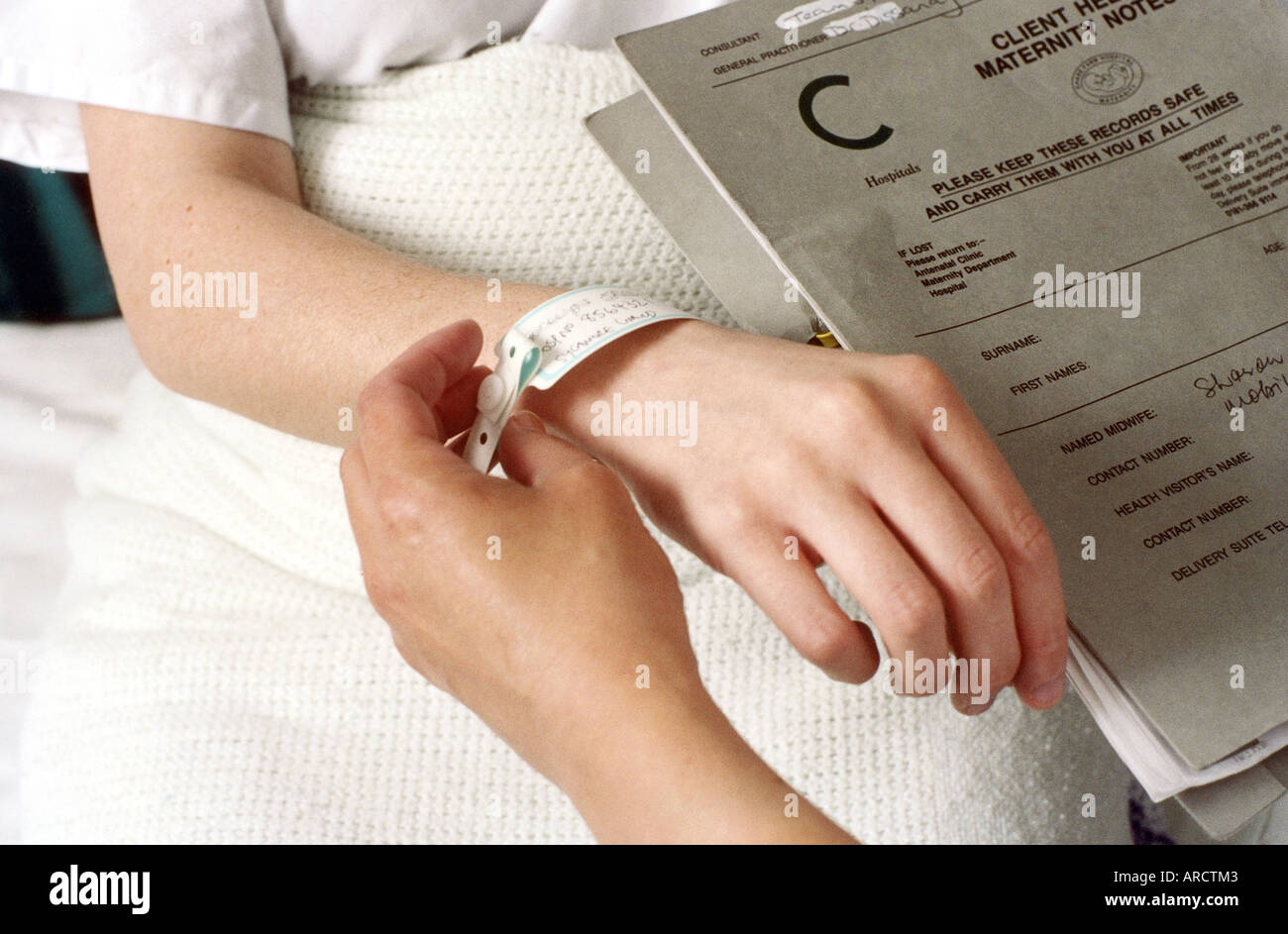Enhancing Safety: The Relevance of Patient Identification Bands in Healthcare
In the world of medical care, the effectiveness of individual recognition bands can not be overemphasized, as they offer as a basic secure against misidentification and subsequent errors. As we explore the complex function of these bands, it ends up being obvious that their importance expands past mere recognition, raising inquiries regarding finest techniques and future innovations in individual safety.
Introduction of Patient Identification Bands
Person identification bands play a vital duty in making sure the security and precision of individual care in health care setups. These bands, generally used on the wrist or ankle joint, function as a crucial tool for verifying person identification, thus lessening the danger of mistakes in treatment, medicine administration, and various other health care treatments. Made from sturdy materials, client recognition bands typically consist of crucial info such as the individual's name, date of birth, medical record number, and barcodes or QR codes for scanning.
The execution of client recognition bands is important in numerous medical care environments, including medical facilities, outpatient facilities, and long-term treatment establishments. They add to a methodical strategy in person monitoring, enabling healthcare specialists to swiftly and properly determine people, particularly in high-pressure scenarios where speedy decision-making is necessary.
In addition, making use of these bands is lined up with governing criteria intended at boosting individual safety - Patient Identification Band. By making certain that each person's details is conveniently available and conveniently proven, doctor can preserve a high requirement of treatment, lower the incidence of adverse events, and foster a society of safety within health care establishments
Advantages of Accurate Recognition
Exact identification is fundamental to boosting patient security and care quality in medical care setups. It works as the initial line of defense versus errors that could bring about adverse individual outcomes. By ensuring that each person is correctly recognized with reliable methods, such as individual identification bands, healthcare service providers can substantially reduce the threat of misidentification, which can bring about unsuitable therapies, drug errors, and also medical mix-ups.
Moreover, accurate person recognition helps with reliable interaction amongst healthcare groups. When all personnel can consistently recognize individuals, they can share vital info much more successfully, resulting in far better control of care. This is especially crucial in emergency situation circumstances where timely treatments are crucial.
In addition, accurate identification supports compliance with governing standards, consequently minimizing the danger of legal repercussions for medical care centers. It fosters depend on between clients and doctor, as people really feel much more secure knowing that their identifications are being protected.

Usual Obstacles Dealt With
Guaranteeing efficient individual identification in healthcare setups provides a variety of obstacles that can compromise safety and care top quality. One substantial difficulty is the irregularity in client populaces. Clients may get here in a state of confusion or distress, making exact identification challenging. In addition, language obstacles can prevent effective interaction, making complex the confirmation procedure.
One more challenge is the reliance on human aspects in recognition procedures. Health care specialists might unintentionally misinterpret or ignore recognition protocols, particularly in high-stress atmospheres such as emergency situation divisions. This can lead to errors, including the administration of wrong therapies or drugs.
Technological issues also position difficulties. Digital wellness document (EHR) systems are made to simplify person recognition, system blackouts or customer mistakes can interfere with the process. Furthermore, the physical design of patient ID bands can lead to readability issues, especially in instances where bands are harmed or covered.
Last but not least, irregular training among staff regarding recognition procedures can cause gaps in expertise and method. Attending to these difficulties is vital for enhancing patient safety and Get the facts making certain that recognition bands serve their intended objective successfully.
Best Practices for Execution
To successfully execute patient recognition bands in health care setups, organizations must take on a diverse approach that focuses on innovation, standardization, and training combination. Standardization involves developing clear protocols for the design, application, and use of recognition bands across all divisions. This ensures uniformity and reduces the threat of errors linked to variations in band types or classifying techniques.


Training is crucial for all health care personnel to guarantee they comprehend the value of precise patient directory recognition, just how to appropriately apply and check out recognition bands, and the procedures to follow in instance of discrepancies. Routine workshops and correspondence course can strengthen this knowledge and advertise a culture of safety and security.
Innovation integration plays an essential role in boosting the performance of client recognition bands. Utilizing barcode scanning or RFID innovation can simplify the identification procedure, permitting real-time confirmation of person identities. Additionally, digital wellness record systems ought to be set up to include alerts for mismatches in between the identification band and person information.
Future Trends in Client Security
As medical care remains to progress, the emphasis on patient security is most likely to escalate, driven by innovations in innovation and a higher understanding of systemic dangers. Arising fads show a shift towards even more incorporated systems that take advantage of data analytics, man-made intelligence, and device discovering to improve person recognition procedures. These technologies can help identify prospective safety concerns prior to they rise, thereby reducing mistakes connected with misidentification.
Moreover, the implementation of blockchain innovation might revolutionize how patient information is safely shared among healthcare suppliers, making certain that recognition bands are updated and constantly precise. This will certainly not just boost individual safety yet also facilitate smooth interaction across multidisciplinary teams.

On top of he has a good point that, the growing concentrate on tailored medicine is anticipated to affect client safety and security protocols. By incorporating market and hereditary details into recognition systems, health care professionals can customize therapies better, decreasing the dangers of unfavorable responses because of misidentification.
Conclusion
In verdict, individual recognition bands serve as an important component in boosting safety and security within health care environments. Eventually, the continued focus on robust recognition procedures will contribute to enhanced client outcomes and total security in healthcare setups.
In the realm of medical care, the effectiveness of patient recognition bands can not be overstated, as they offer as a fundamental secure versus misidentification and subsequent mistakes.Patient recognition bands play an essential role in making certain the security and precision of client treatment in healthcare settings. Made from sturdy materials, individual identification bands commonly consist of vital details such as the client's name, day of birth, clinical record number, and barcodes or QR codes for scanning.
By making sure that each patient is properly recognized through reputable methods, such as patient identification bands, medical care providers can substantially decrease the risk of misidentification, which can lead to unsuitable therapies, drug errors, and even surgical mix-ups.
In final thought, individual recognition bands offer as a vital element in improving safety and security within medical care environments. Patient Identification Band.